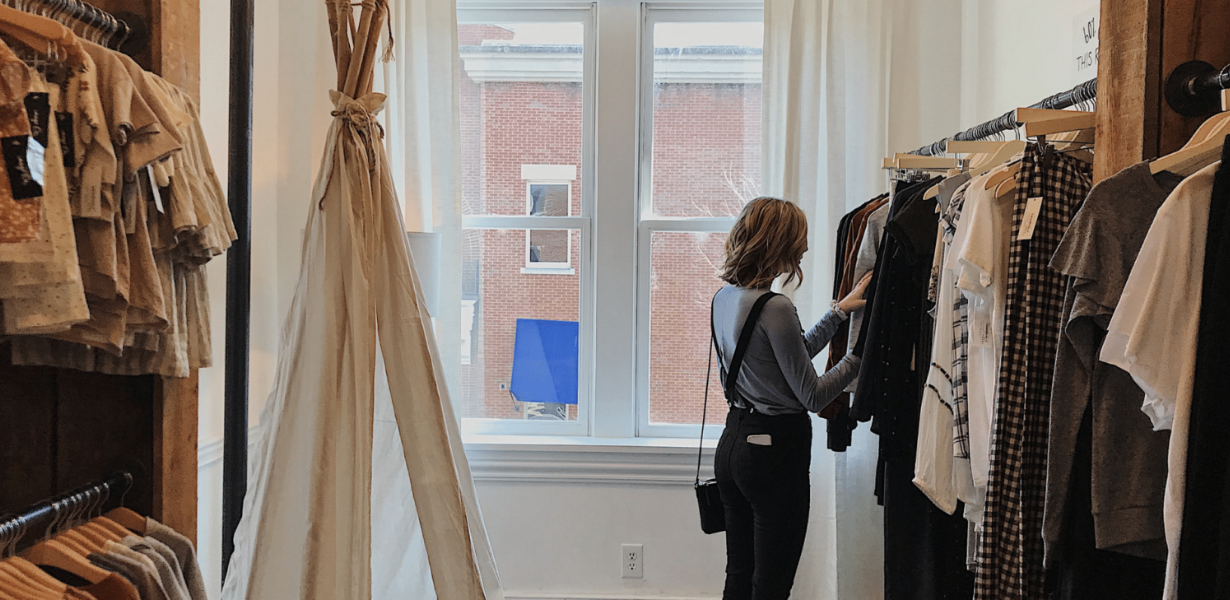
In the fast-paced world of fashion, sustainability has emerged as a defining factor, shaping the future of the industry. Fashion has been evolving not only in style but also in its responsibility towards the planet. Sustainable fabric innovations stand at the forefront, transforming the way we produce and wear garments. From cutting-edge materials to eco-friendly manufacturing processes, this article delves deep into the realm of sustainable fabric innovations, exploring their impact and potential to revolutionize the world of fashion.
The Rise of Sustainable Fashion
The fashion landscape has been witnessing a remarkable shift, with consumers becoming increasingly conscious of the environmental impact of their clothing choices. Sustainable fashion has transcended being a trend to becoming a movement, advocating for eco-friendly practices from fabric to final product.
Understanding Sustainable Fabrics
Sustainable fabrics encompass a broad array of materials, each with unique characteristics and eco-friendly benefits. These range from organic cotton and hemp to innovative materials like Tencel, made from renewable wood sources, and recycled polyester derived from plastic bottles.
Innovative Textile Technologies
Cutting-edge technologies are propelling the evolution of sustainable fabrics. From developments in fabric dyeing processes that reduce water consumption and chemical usage to the creation of biodegradable textiles, technology is pushing the boundaries of what’s possible in sustainable fabric production.
Impact on the Fashion Industry
The integration of sustainable fabric innovations is reshaping the fashion industry. Major fashion houses and emerging designers alike are embracing these materials, shifting their focus towards environmentally conscious and ethical practices.
Environmental Advantages
Sustainable fabrics offer a myriad of environmental advantages, significantly reducing water usage, carbon emissions, and chemical pollutants in the production process. These materials also promote biodiversity and reduce the strain on natural resources.
Challenges and Opportunities
While the adoption of sustainable fabrics presents promising solutions, challenges remain. Issues such as scalability, cost-effectiveness, and consumer education pose hurdles that the industry is actively addressing.
The Role of Consumer Awareness
The role of consumers is pivotal in driving the demand for sustainable fashion. Educating consumers about the benefits and impact of choosing sustainable fabrics is a crucial step towards wider adoption.
Collaborative Initiatives
Partnerships between fashion brands, textile innovators, and environmental organizations are fostering collaborative initiatives. These alliances aim to accelerate the development and adoption of sustainable fabric innovations.
Future Projections
The future of sustainable fabric innovations in fashion appears promising. With ongoing research, technological advancements, and growing consumer consciousness, the industry is poised for an era where sustainability is not just an option but a standard.
Fashion Redefined
Sustainable fabric innovations are redefining the fashion landscape. They stand as a testament to the industry’s commitment to environmental responsibility and ethical production. By embracing these innovations, fashion paves the way for a more sustainable and conscious future.
Final Words
In a world where fashion and sustainability intersect, sustainable fabric innovations emerge as the cornerstone of a new era in the industry. The path to a more eco-conscious and ethical fashion world is paved with these remarkable advancements, promising a future where style and sustainability harmoniously coexist.
Commonly Asked Questions
1. What are the key benefits of sustainable fabrics?
Sustainable fabrics offer reduced environmental impact, lower carbon footprint, and promote ethical and eco-friendly fashion.
2. How can consumers contribute to the growth of sustainable fashion?
Consumers play a vital role by choosing sustainable fabrics, advocating for ethical fashion practices, and educating themselves about the impact of their choices.
3. What challenges does the adoption of sustainable fabrics pose for the fashion industry?
Scalability, cost, and consumer education stand as primary challenges for the widespread adoption of sustainable fabrics in the fashion industry.
4. Are sustainable fabrics limited in variety and style?
No, sustainable fabrics come in a wide array, offering various textures and styles, ensuring a diverse range of fashion options.
5. What does the future hold for sustainable fabric innovations in fashion?
The future looks promising with ongoing technological advancements, increased consumer awareness, and collaborative initiatives driving the industry towards a more sustainable future.









